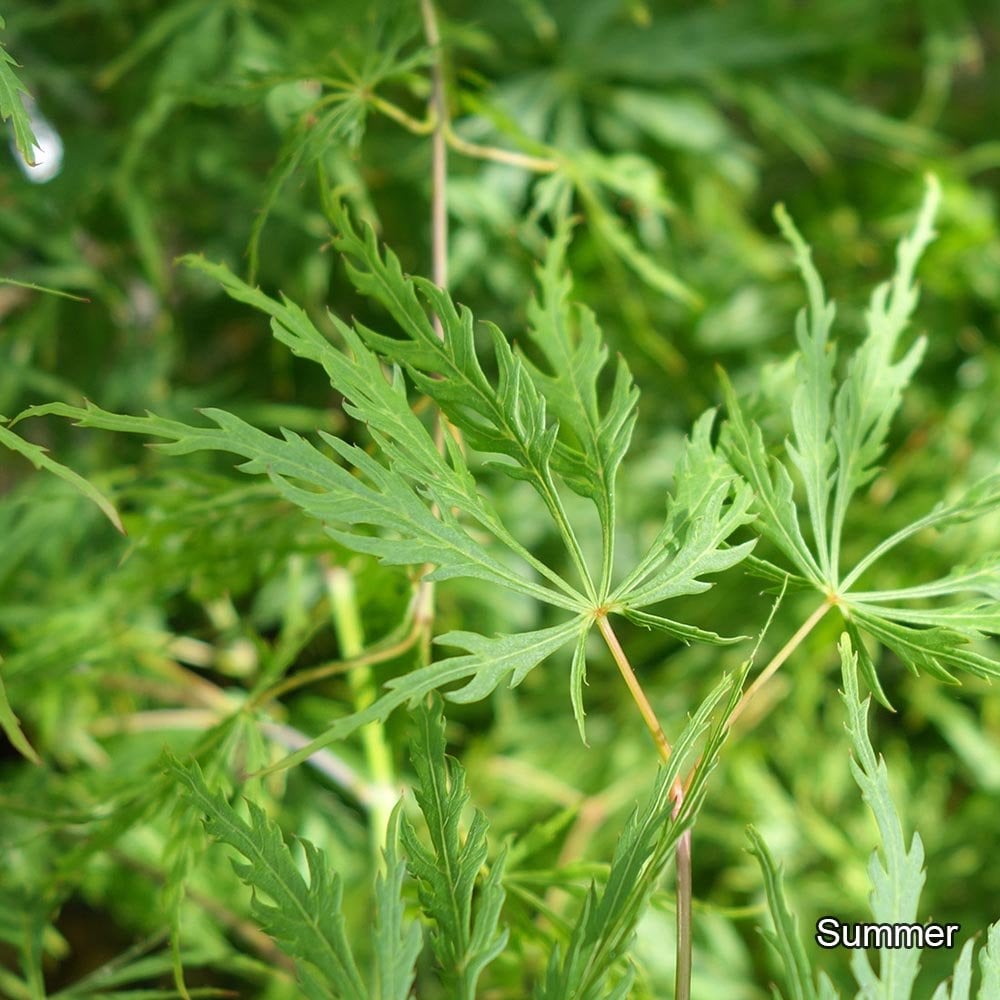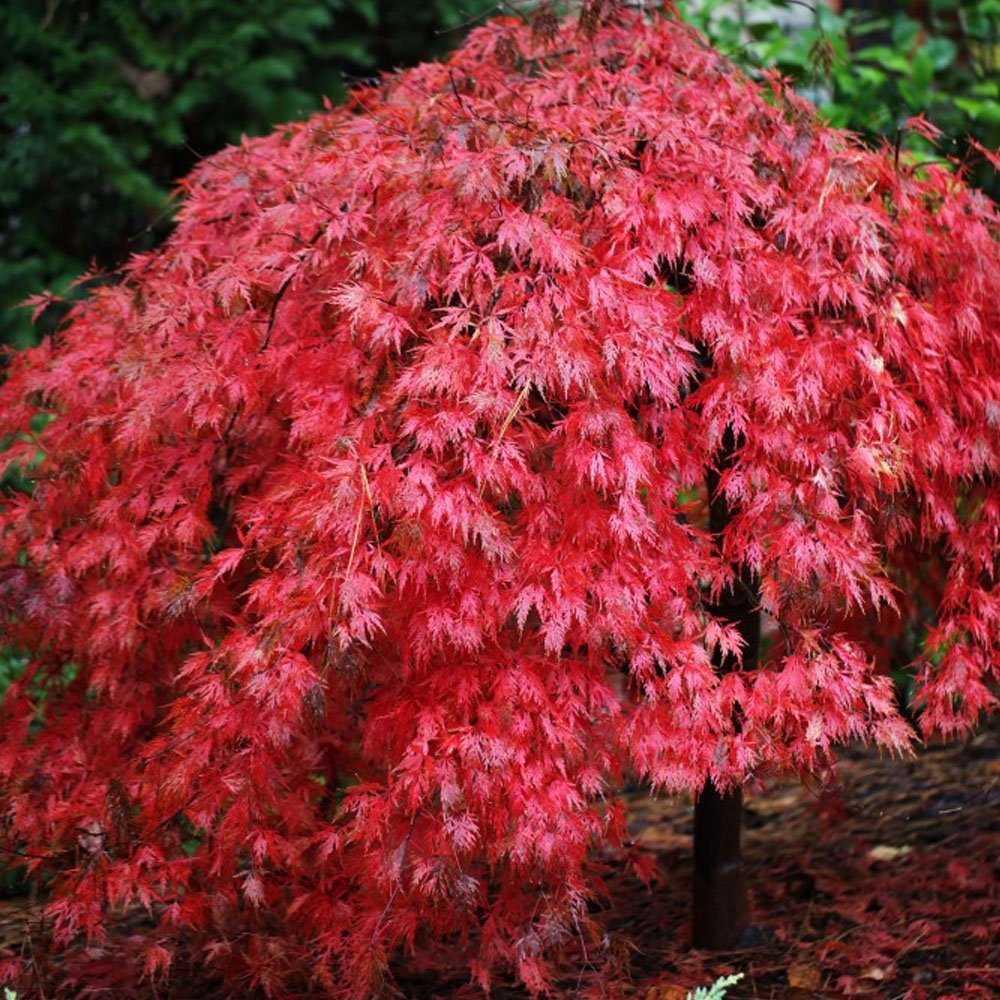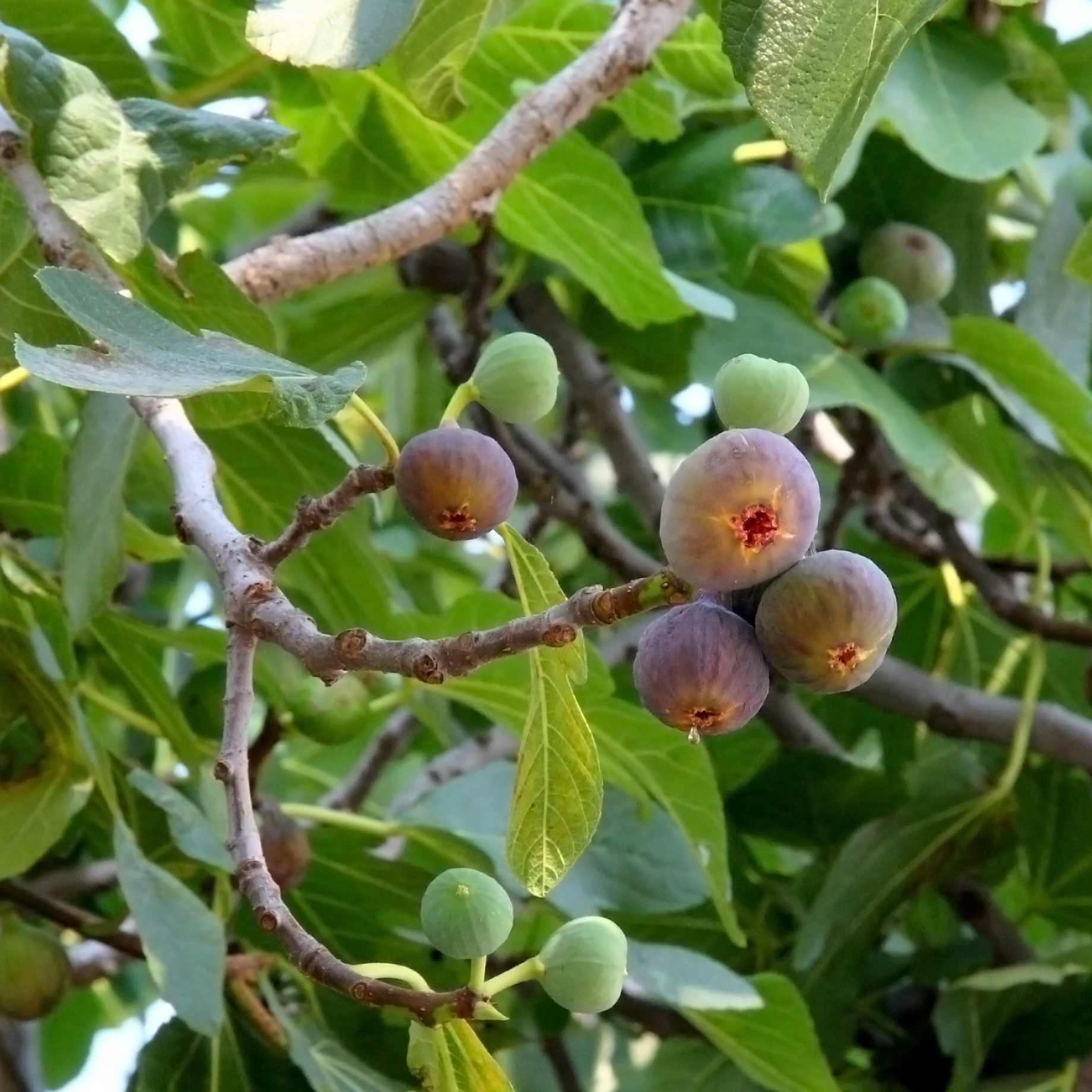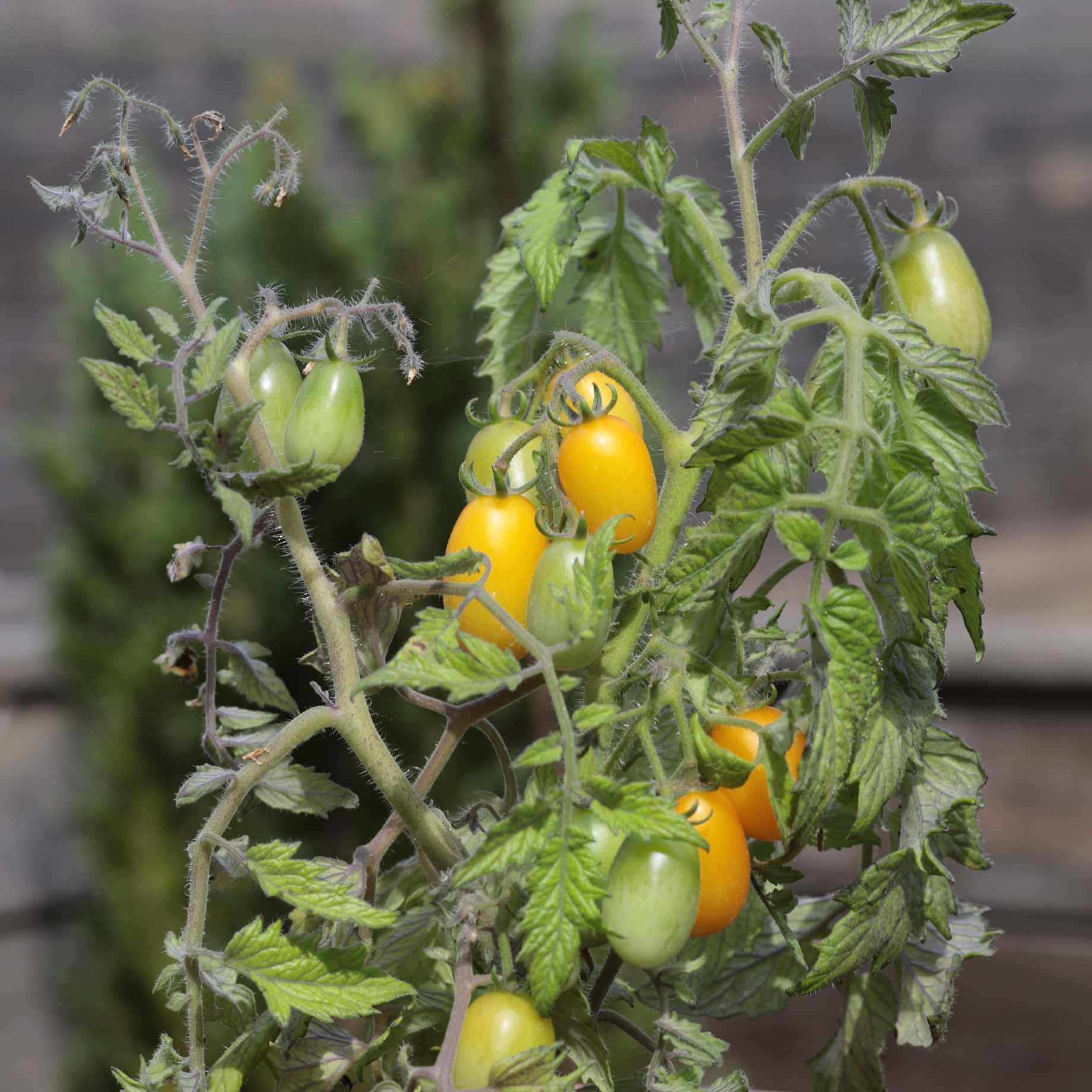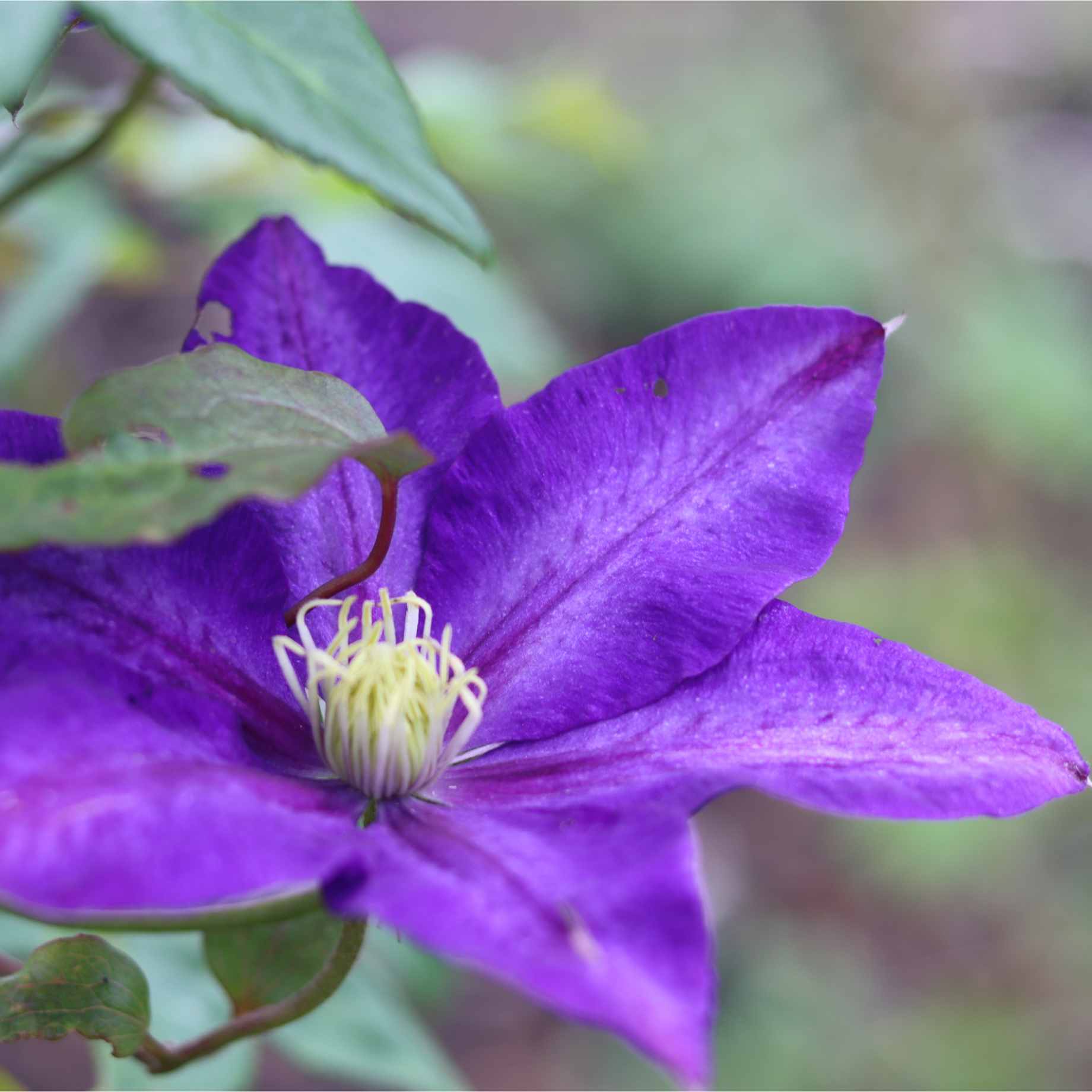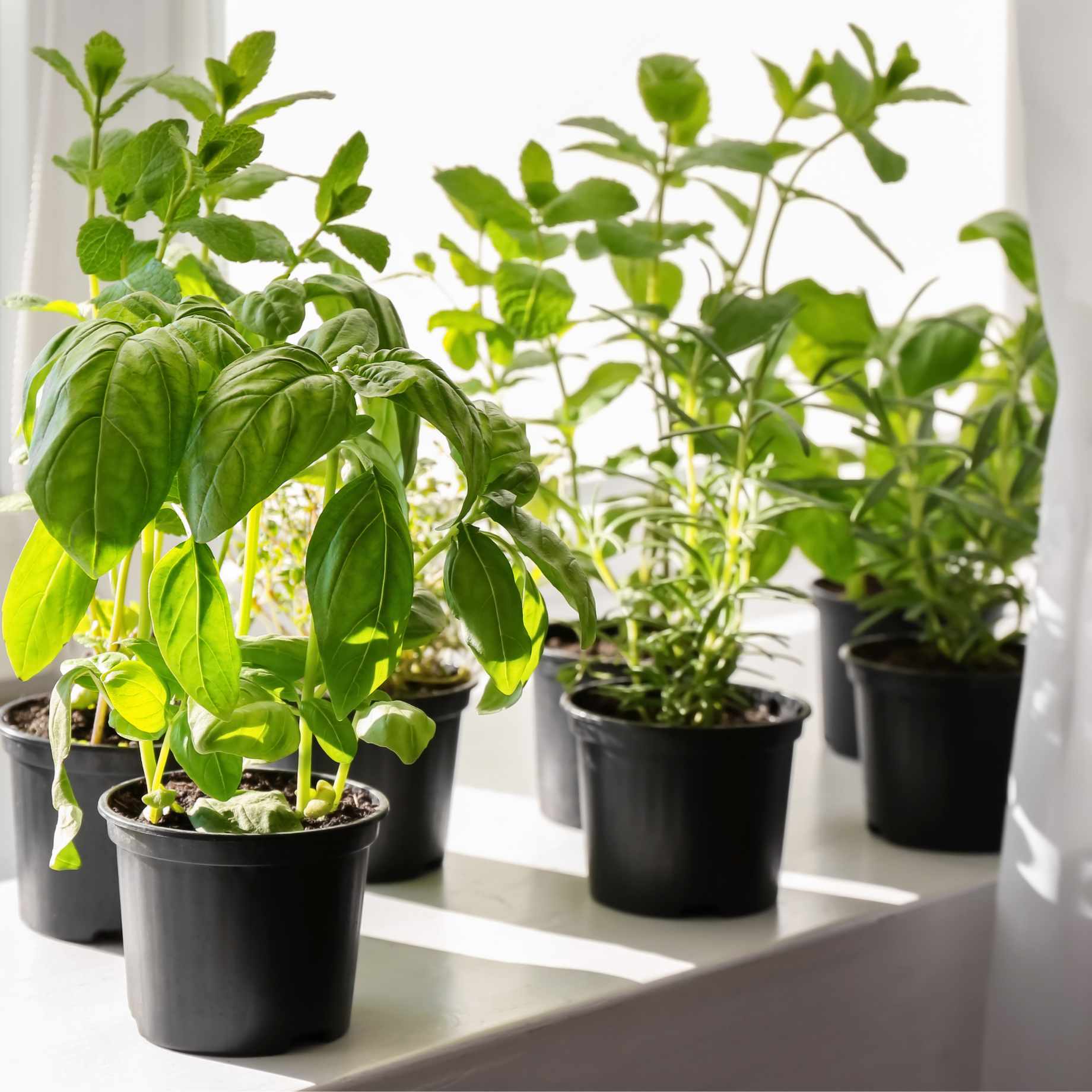Key features
Final size2 x 3 metres in 20 years
FoliageLacy leaves with autumn colour (deciduous)
PositionPart shade in a sheltered site
Description
Acer palmatum Dissectum is a small, mound forming Japanese Maple with highly ornate, deeply dissected foliage. The feathery foliage is a strong lime green, turning striking shades of golden yellow and orange in the Autumn. For the best Autumn colour, plant Dissectum in acid soil, or mix in some ericaceous compost. Lime soil will still be tolerated and a well-draining soil is preferred.
Growing to just 2 x 3 meters in 20 years, Acer palmatum Dissectum is a very small ornamental tree that makes a wonderful feature in small gardens and an ideal backdrop for other plants in larger gardens. It also looks fantastic next to a pond or in a Japanese style garden.
This Dissected Japanese Maple is hardy but prefers a sheltered position. Dappled shade is ideal, protecting the delicate cut-leaf foliage from the harsh sun which can be drying, as can prevailing winds.
AKA Cutleaf Japanese Maple tree, Cut-leaved Japanese Maple, Laceleaf, Threadleaf
Planting Steps
1Preparation
- Pot-grown plants can be planted at any time of year, whereas bare roots need to be planted between November and March.
- Clear weeds and grass within a metre of the planting hole.
- Dig a hole as deep as the root mass and twice as wide.
- To help your plant establish more effectively, sprinkle Rootgrow in the hole.
2Planting
- Gently loosen the roots and place into the planting hole.
- Ensure the top of the plant’s compost is flush with the level of the surrounding soil and the graft union or collar of the tree is above ground level.
- Mix 50% of the original soil with 50% compost.
- Fill in the hole, firming the soil gently.
3Last Steps
- Water generously around the base of the plant.
- If you are planting either a single stem tree or mature standard tree, we recommend adding a staking kit and rabbit guard.
Aftercare Advice
Japanese Maples require a good watering regime for a couple of years whilst they establish. Water well and regularly through spring and summer, increasing in hot or dry weather. If planting in autumn, you may only need to water a little. If possible, use rain water instead of tap water as this is more acidic and better for foliage colour. It is advisable to keep the area free of competing weeds and grass during this period.
Their natural shape is normally the most attractive, so Japanese Maples rarely need pruning. Any pruning should be carried out with a less is more approach, only removing crossing, damaged or diseased branches. Pruning should be carried out in the dormant season (November to March) as Japanese Maples bleed during other times of the year, which can weaken the branches.
For more detailed advice and video guides, please visit our Help & Advice section.

